
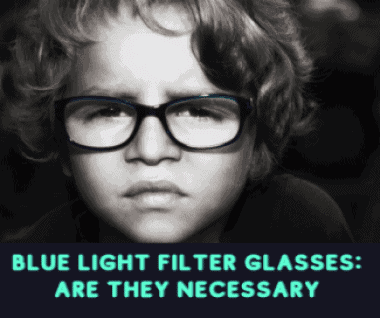
There’s been a rise in people using blue light filtering glasses in recent years, but are they really needed for kids? While they are often sold as an essential accessory for people who spend long hours staring at a screen, there are growing doubts from those within the scientific community as to whether they’re effective or not.
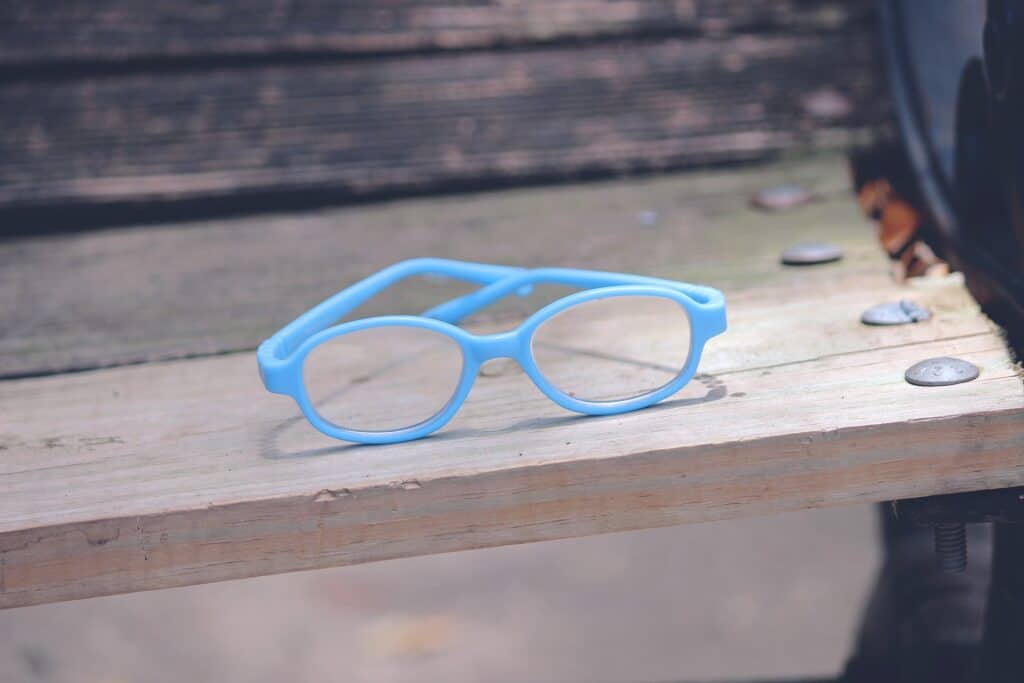
What are Blue Light Filtering Glasses?
But before we get into that, let’s take a look at what blue light filtering glasses are. As the name suggests, they ‘filter blue light.’ This refers to the light that is produced by screens, which many people believe has a negative impact on their eyesight. When there’s a problem, there’ll always be one company or another claiming to have a solution — and that’s just what the people behind blue light filtering glasses have done.
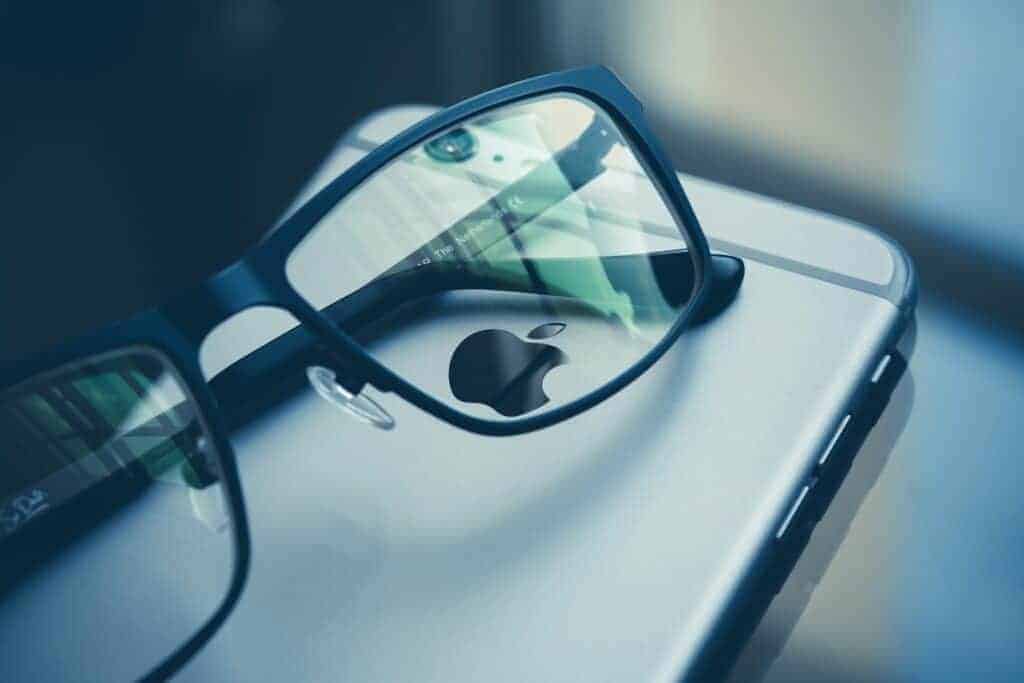
The Popularity of Blue Light Filtering Glasses
And it seems like they’ve been successful. Sales have blossomed in recent years. Indeed, they’re projected to draw in some $24 million dollars in 2024. As long as they are marketed towards people who spend a long time in front of a screen, they’ll be buyers, purely because so many of us spend our days in front of a screen. Kids and adults alike are spending anywhere from 6 – 10 hours a day on average in front of a screen. And that’s something that’ll only be on the rise at the moment, with the Covid-19 pandemic taking place. Adults are working from home and there has been an increase in virtual learning for kids. With fewer opportunities to head outdoors, it is no wonder that we are spending more time swiping and scrolling.
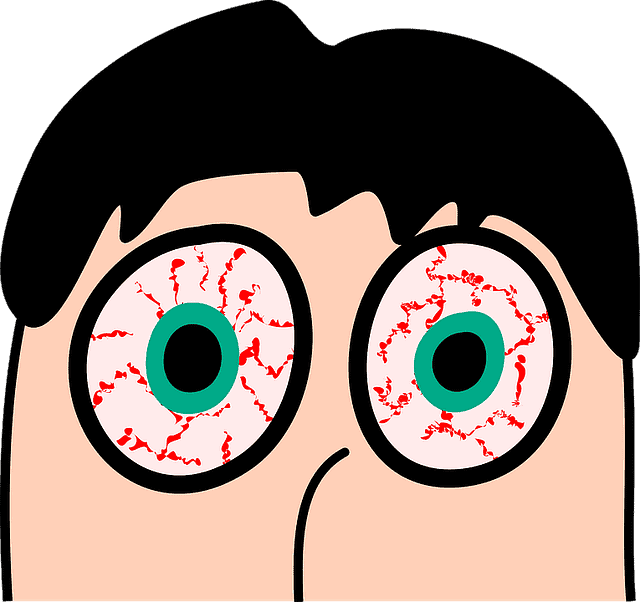
What Causes Eye Discomfort?
At the end of that long day of screen time, many people find that their eyes are tired and uncomfortable. When that happens, it’s tempting to look for what the problem could be. And what people have come up with is: “blue light.”
Experts’ Opinions on Blue Light Filtering Glasses
But is this actually the problem? Perhaps not. We said earlier how experts are beginning to show real doubts about the legitimacy of blue light filtering glasses. It’s not that there’s anything inherently bad about the light that’s emitted from laptops and other electronic devices; it’s that if you stare at anything for that long, then you’ll have problems. The issue is eye strain, not the menacing side effects of blue light.
Of course, eye discomfort is still eye discomfort. Just because it’s not coming from the screen directly, that doesn’t make it any less real. The good news is that if we can identify what is causing the pain, then we can take steps to put them behind us — and perhaps save some money too. While there are companies that promote blue light filtering glasses, there’s no evidence to suggest that the light from electronic devices is harmful. But don’t take our word for it: take the word of the National Library of Medicine, who published a study saying that there was no measurable UVA or UVB radiation from electronic devices.
Eye Strain As A Cause of Eye Discomfort
So you might be wondering what is causing the discomfort in kid’s eyes. It is eye strain. While there will be days when you feel the effects of eye strain, there are things you can do that’ll keep the discomfort at a minimum. The first step is to recognize what causes eye strain. In this case, it’s spending too much time staring at a screen. It’s not the technology itself that causes the problem, but the act of staring at it.
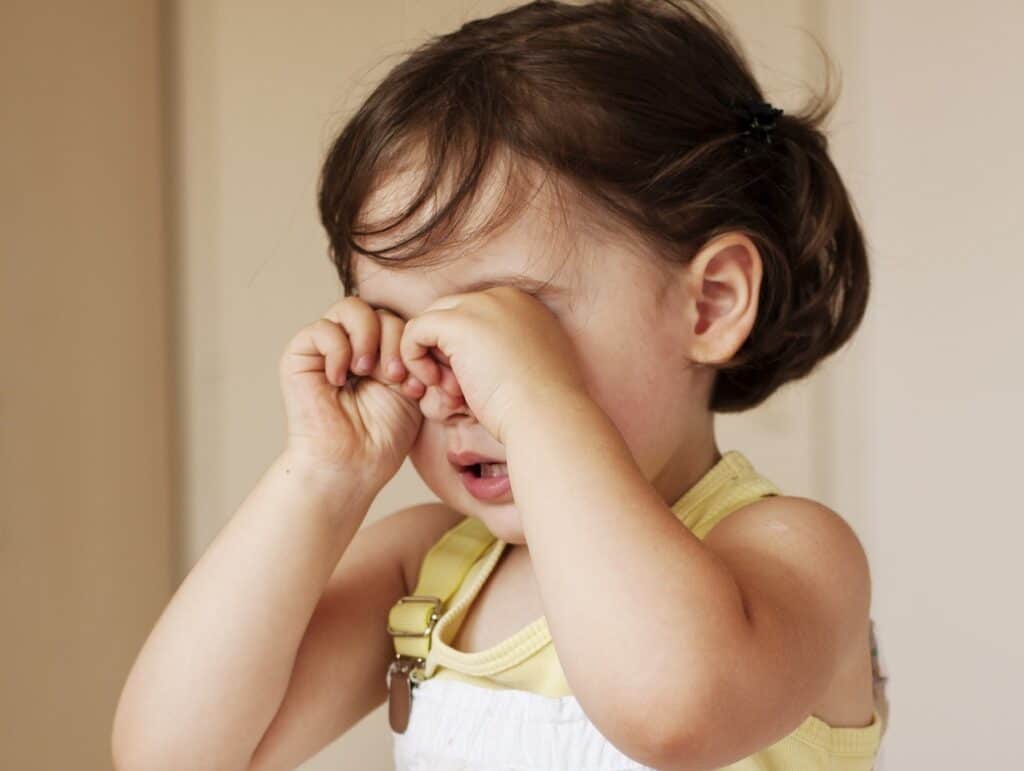
How to Reduce Eye Discomfort
Below, we’ll take a look at a few useful tips for reducing eye discomfort and eye strain.
The Right Distance
The optimal distance for your eyes is 25 inches from the computer screen. This is about an arm’s length. You’ll want to position the screen (or your body) so that you’re gazing slightly downward, rather than straight ahead.
Reduce the Screen Glare
You’ll find it easier to see what’s on the screen if there’s no glare. If there is, then your eyes will need to work harder to make out the image. You can reduce glare by using a matte screen filter.
Take Regular Breaks
Your body was not designed for staring at technology all day, so don’t push it to the limit! One of the simplest techniques to use is the 20/20/20 rule. Every twenty minutes, stare at a distance twenty feet away, for twenty seconds (at least).
Refresh Your Eyes
Feel your eyes getting dry throughout the day? Then use eye drops. You’ll feel instantly refreshed.
Get the Right Settings
Is your screen set up correctly? Adjust the settings so that it’s not too bright or too dark.
Glasses Over Contacts
Contacts and staring don’t mix. When you know you’ll be staring at a screen for many hours, opt for glasses instead.

Wrap-Up
If you like blue light filtering glasses then feel free to wear them. They don’t cause any harm. If you want to reduce eye discomfort and eye strain, please following the experts recommendations. Finally, you can consider reducing your screen time. Take the tips above, and you’ll find that your eyes feel better — and you didn’t need blue light filtering glasses to make it happen.
Click here to find more tips to assist with your kids virtual learning environment.



















